|
Community Open House
Two drop-in style, open house's will be held this winter. The first event will take place at Meadow Park Middle School, from 5pm to 7pm Tuesday, February 12th. The second event will be held at the Cedar Mill Public Library, from 1pm to 3pm Saturday, February 22nd. Experts will be ready to answer your questions about the Japanese beetle project. Community Open House A drop-in style, open house was held at Sunset High School on Tuesday, February 19th. Attendees who came were able to ask questions of the expert team leading and supporting the project. Info Session: Japanese beetle in Washington County An online information session was held on Wednesday, February 13th. The Oregon Department of Agriculture welcomes your questions and comments. Find out how to contact the project team by visiting our Contact Page.
*Edited February 22, 2019 to include up-to-date opportunities to learn more. [Category Tags: Beetles in Oregon, Community Engagement, Japanese Beetle Basics, Japanese Beetle Threats, Larvicide - Acelepryn, Quarantine, Treatment, Yard Debris] Invasive Japanese beetles have been wreaking havoc on farms and in gardens across the East Coast and Midwestern United States for decades. Beetle larvae and adult beetles eat the roots, leaves, and flowers of many important agricultural and ornamental plants and trees. New research shows that this invasive species may also be a significant threat to the habitat and survival of one of America’s favorite insects: the monarch butterfly. Monarch butterflies depend on the native plant milkweed for habitat and food throughout their migration routes, from Mexico to Canada. Japanese beetles have been found feeding on milkweed flowers, decreasing their fruit and seed sets, and disrupting the next generation of plants. Monarch butterfly populations have already decreased dramatically--around 90%-- in the past 20 years, primarily due to habitat loss, including milkweed decline.
In 2016, the Oregon Department of Agriculture detected Japanese beetles in and around Washington County. ODA recognizes Japanese beetles as a threat to Oregon’s economy and natural ecosystems, and is starting its third year of its eradication and prevention project. Read more about the study from the University of Kentucky. [TAGS: Invasive Species, Japanese Beetle threat]
How can you identify a Japanese beetle? Japanese beetles have three main identifying characteristics:
The Japanese beetle is the only beetle in this area that has all three of these characteristics. There are a few other beetles in the area, both native and non-native, that are also metallic or otherwise look similar. Check out our Japanese beetle look alike guide to see who’s who. Examples of common beetles and pests that ARE NOT Japanese beetle: What to do if you come across some beetles? If you are within the treatment area and see adult Japanese beetles, then the ODA advises that you dispose of them in a container of soapy water. Using store bought insecticides will not significantly decrease Japanese beetle populations. If beetles are observed outside the treatment area, please put the specimen in a container or bag and email or call ODA at the contact information provided below. How long will this last?! Japanese beetles are already an issue being addressed in Washington County, and the issue can’t be solved overnight. It may take up to 5 years to eradicate the population entirely. How to help be part of the solution! Cooperation from those in the treatment area is critical to protect Oregon’s gardens and agricultural economy! Here’s what you can do to help:
[TAGS: Japanese beetle threat, Japanese beetle basics, Beetles in Oregon, Invasive species] Beetles can be moved in yard debris through the removal and movement of items such as sod and grass clippings. The risk of moving beetles is highest over the summer when adult beetles are emerging from the soil and moving around to feed and find mates. It is very important that beetles are contained within Washington County while treatment takes effect. Containment efforts are ramping up, with a quarantine on all yard debris still in effect and expanding in 2018. Residences will receive electronic notices from Oregon Department of Agriculture, along with other communications planned throughout the summer.
For more information about the quarantine check back on our Prevention page for the most recent information. [TAGS: Beetles in Oregon, Japanese beetle basics, Japanese beetle threat, Invasive species, Gardeners, Quarantine, Residents, Landscapers, Washington County, Yard debris] Wherever you find Japanese beetles here in the United States, you find extensive damage to plants. Many areas of the United States are infested with Japanese beetle. Above you can see a clear picture of the devastation caused by these infestations that we do not want in the Pacific Northwest.
The issue is that the beetle likes many of the plants that we like to eat and grow in Oregon. The small breeding population of Japanese beetle in Washington County threatens Oregon’s agricultural economy and natural ecosystems. In order to prevent a population explosion of Japanese beetle, Oregon Department of Agriculture proposes to treat the affected areas in the spring of 2018, continuing with annual treatments until 2021 if necessary. The Oregon Department of Agriculture has been lucky to learn from experts and invasive species managers from around the world who have a long history of combatting Japanese beetle. Find out about the unique proposed plan for treatment in Oregon, here: www.japanesebeetlepdx.info/treatment Photographs top left and right provided by Mike Reding, USDA, captured in Ohio, 2007. Bottom left and right provided by Whitney Cranshaw lab, Colorado. [TAGS: Japanese beetle basics, Japanese beetle threat, Invasive species, Gardeners] PLEASE NOTE: THIS POST IS AN ARCHIVE FROM THE 2017-2018 PROJECT YEAR.
After treating the areas of Cedar Mill and Bonny Slope in Washington County this past spring, Oregon Department of Agriculture makes plans for Japanese beetle battle part 2. A total of just over 23,000 destructive Japanese beetles were caught in Washington County this year. “The threat to Oregon is more imminent now because of the numbers of beetles we are seeing and the fact that we have seen damage to plants within the epicenter of the insect’s population, so it’s not hypothetical, it’s for real,” says ODA’s Burfitt, a veteran of successful Japanese beetle eradication projects in Utah. “However, I’m still optimistic about eradicating our current infestations. As long as the community continues to support the 5-year project, I know we can get this done.” Find out more about the project: Oregon Department of Agriculture will be working with partners and the community throughout the winter and spring to make plans for year two of the proposed eradication project. Read up on year one and what that means for year two: https://wp.me/p52oQB-oP Available Resources
PLEASE NOTE: THIS POST IS AN ARCHIVE FROM 2017. Below is a sample of the plant damage that has been seen in the Cedar Mill area in the summer of 2017 as a result of the infestation of Japanese beetles. Damage on Rosa sp. from the Japanese Beetle. Photograph by Oregon Department of Agriculture. Japanese beetle caught feeding on a flower. Photograph by Oregon Department of Agriculture. Live beetle bites into unidentified plant leaf. Photograph by Oregon Department of Agriculture.
PLEASE NOTE: THIS POST IS AN ARCHIVE FROM 2017. Japanese beetles in floral pheromone traps in late July, 2017 in the Cedar Mill neighborhood. Photograph by Chris Hedstrom, ODA. View all current catches on the interactive map, here: As far as Japanese beetle habits go, the beetles are at the tail end of peak flight—which means there are many beetles flying—and it is important to use best management practices when disposing of the green waste and yard debris generated from this area.
Currently, the Oregon Department of Agriculture has detected over 12,000 adult beetles from our detection grids. Roughly 2% of these beetles have been found outside of the treatment area. The core of the infestation is located at the center of the treatment area, west of Saltzman Rd and Hartford St, in the Cedar Mill area. Some areas have a sporadic distribution of traps with beetles, possibly the result of beetles being transported on vehicles. However, one trapping area captured beetles consistently throughout a new area, which could indicate low-level infestation and may warrant expansion of the treatment and quarantine boundary in 2018. We will begin to analyze the information from this year’s surveillance activity to help us develop the 2018 response plan for year two of the eradication project, which begins spring of 2018. The Oregon Department of Agriculture will be seeking greater community support and likely additional funding to have a chance at eradicating this unprecedented amount of Japanese beetles in the Pacific Northwest. |
Header photograph by Whitney Cranshaw, bugwood.org
Categories
All
Archives
January 2024
|
|
This website is intended to provide readers with information that has been peer reviewed and produced from transparent and accountable sources. The Oregon Department of Agriculture is the lead agency for this project and maintains this website.
|
© COPYRIGHT 2018. ALL RIGHTS RESERVED.



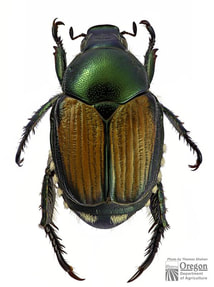
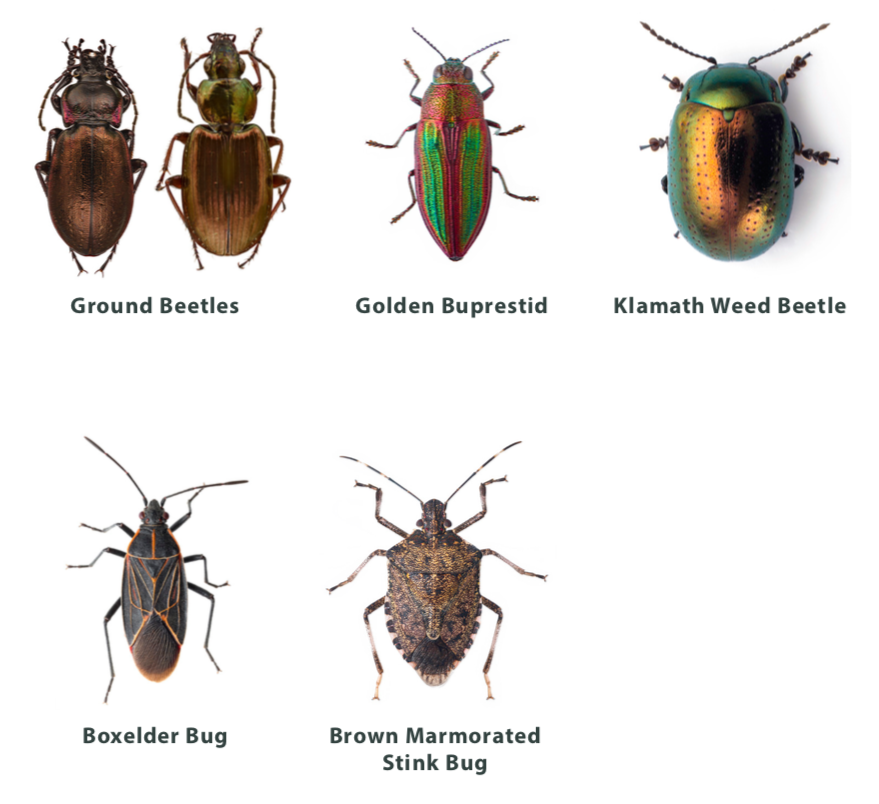
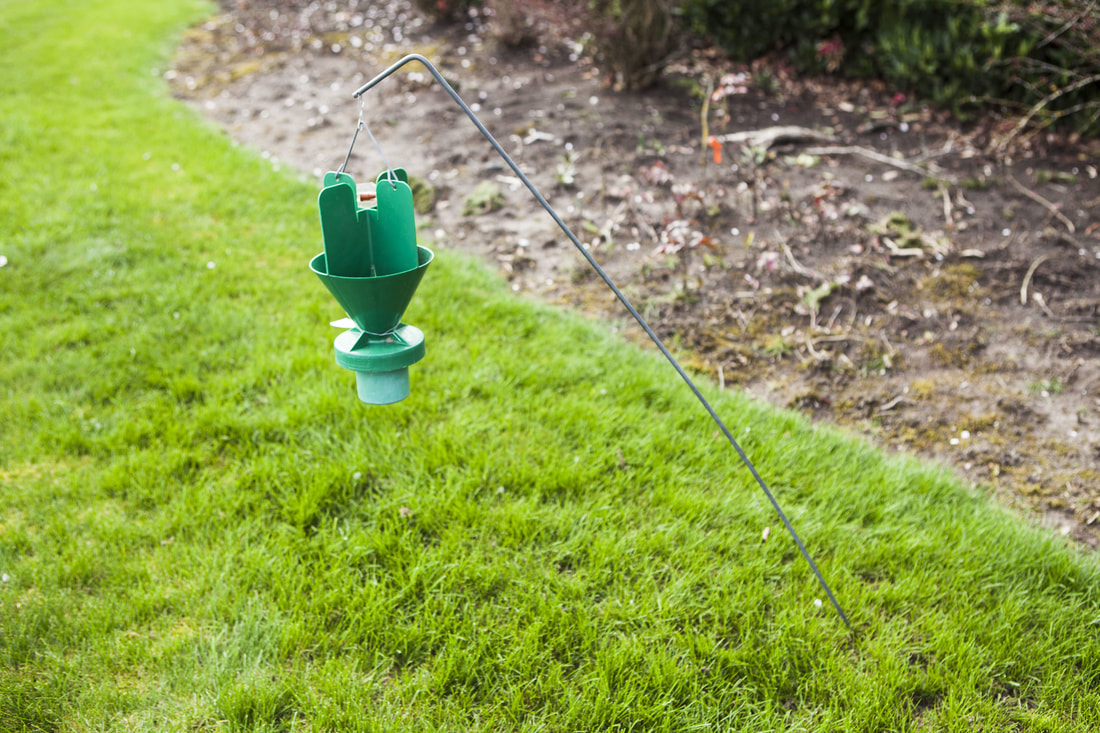
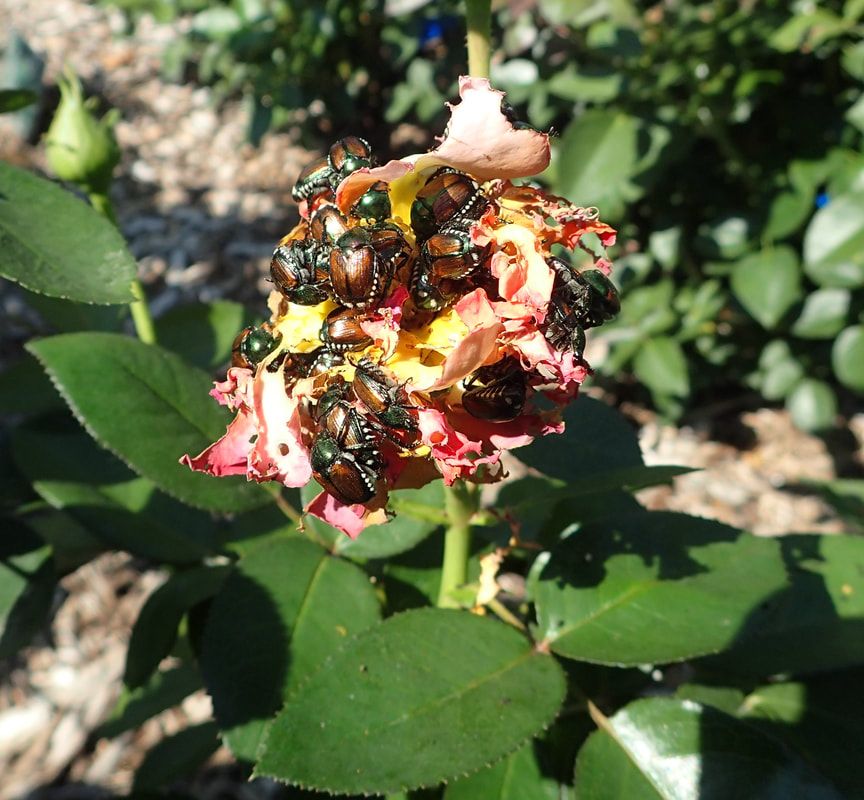

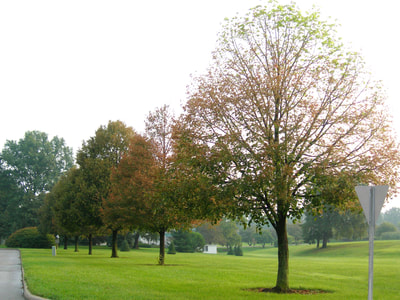
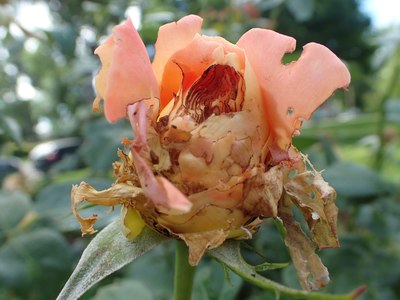
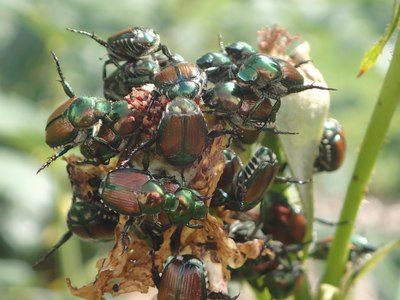
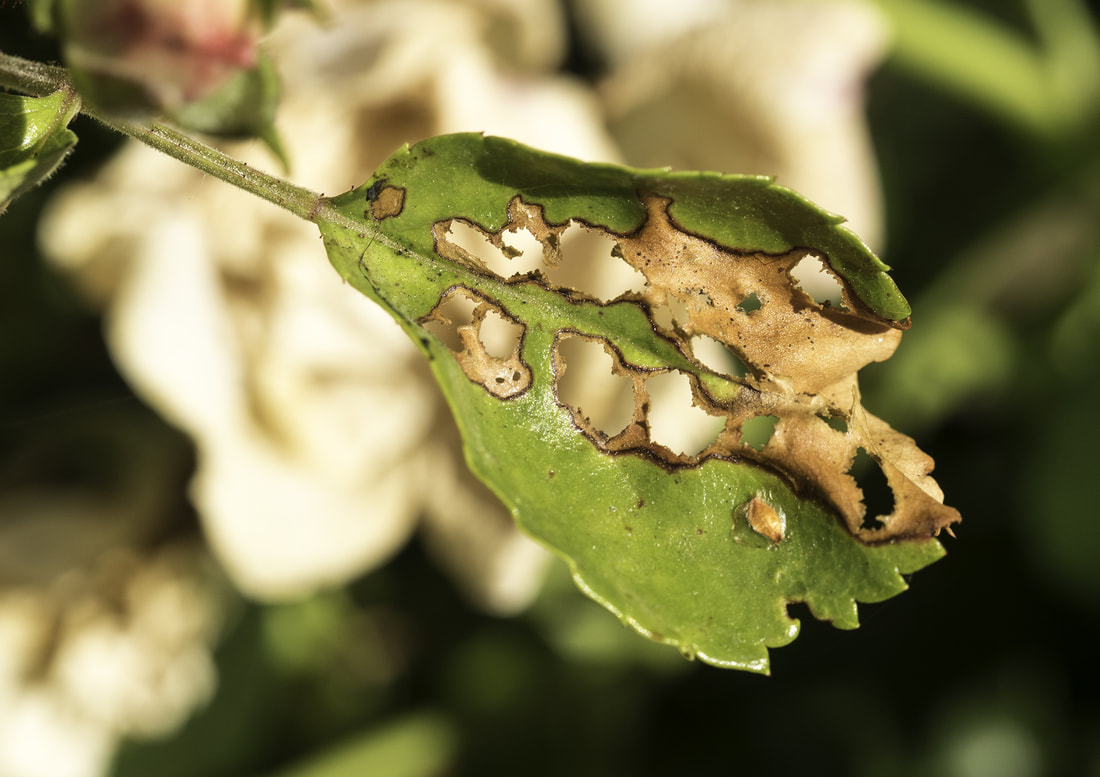


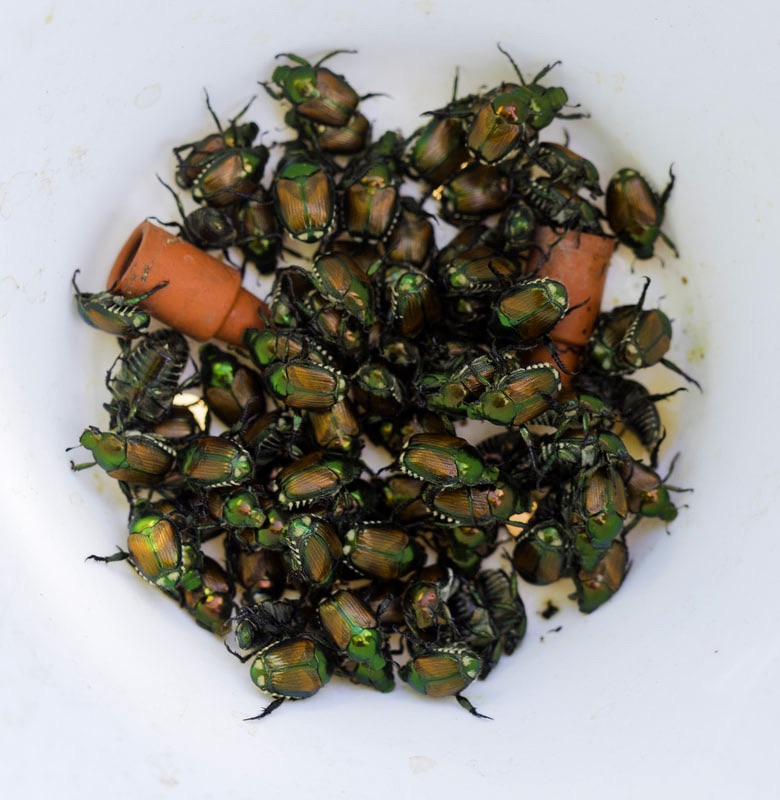
 RSS Feed
RSS Feed
